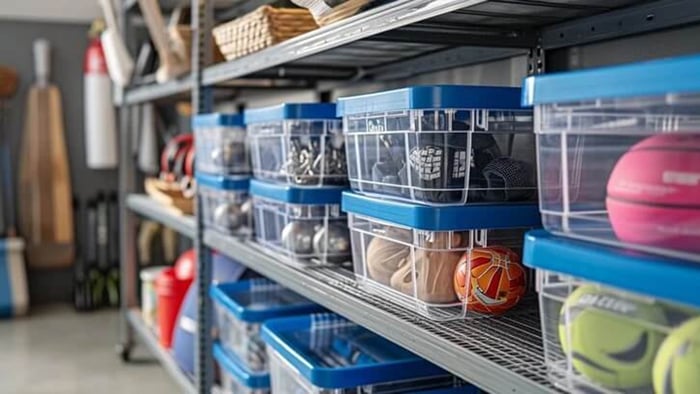Table of Contents
- Use What You Have as Packing Material
- Save Boxes Ahead of Your Move
- Free Moving Boxes: Best Local Sources
- Check Facebook Marketplace
- Pack with Suitcases and Duffels
- Creative DIY Packing Materials
- Money-Saving Storage Solutions
- Timeline Checklist for Budget-Friendly Packing
- FAQ: Money-Saving Moving Hacks
- Wrapping It All Up
- FAQs
Like just about everything else right now, moving can be expensive. But most of the time, the moving process is a necessary evil, so we roll with the costs. The good news? Moving doesn’t have to break the bank when you use packing hacks!
One of the easiest ways to save? Smart packing hacks. Whether you're renting an apartment for the first time or relocating frequently for the military, you can keep expenses in check by using our favorite budget-friendly strategies.
Use What You Have as Packing Material
Buying rolls of bubble wrap and packing peanuts adds up quickly. Unless you’re transporting fragile heirlooms or valuables, skip the packing supply aisle and shop your own home.
Linens and Towels – Wrap glassware, dishware, or mirrors in towels you already own. Don’t toss old rags until you’ve used them up as padding. After the move, donate any extras to an animal rescue or local shelter.
Socks – Stuff socks between mugs, vases, or fragile items. They’re free, reusable cushions.
Blankets and Comforters – Perfect for electronics, mirrors, and glass tabletops. They can also double as furniture pads during transit.
Pillows and Trash Bags – Use pillows to pad boxes or wrap lamps. Slide hanging clothes into trash bags, tie at the top, and you’ve created a makeshift garment bag.
Pro Tip: Label wrapped items clearly so you know which blanket is protecting your TV stand legs.
Save Boxes Ahead of Your Move
If you’re an online shopper, chances are your Amazon Prime boxes could stock a small shipping store. Start saving them a month or two before moving to cut down on last-minute costs.
Save a variety of sizes: small for books, medium for kitchenware, large for linens.
Break them down flat and stack them neatly until needed.
Hang onto bubble wrap and paper that came in your shipments, too (it’s perfect for repurposing).
Not only does this save money, but it’s also eco-friendly, as it reduces waste and gives boxes a second life.
Free Moving Boxes: Best Local Sources
Some stores in your neighborhood may be seeking an additional way to recycle their cardboard boxes. Oftentimes, they'll give them away for free! Here are two great options to check out in your area:
Liquor Stores – Their boxes often come with dividers, which are great for glassware, collectibles, or flat shoes.
Grocery Stores – Produce boxes are another free option, but be careful. They may contain pesticide residue or pests. Banana boxes also have ventilation holes that weaken the structure, making them less reliable.
If you do use produce boxes:
Line them with plastic bags for protection.
Reinforce the bottoms with tape.
Stick to lightweight items like towels.
You can also check with drugstores, office supply stores, or bookstores, which often have clean, sturdy boxes available.
Check Facebook Marketplace
Before buying supplies, look online. Many people post free or cheap moving boxes, bubble wrap, and packing cubes on Facebook Marketplace, Craigslist, or community Buy Nothing groups (many on Facebook and possibly NextDoor!).
It’s a win-win: you get affordable supplies, and your neighbors get to declutter. Pro tip: check right after the weekend — many people finish unpacking and list boxes for free.
Pack with Suitcases and Duffels
Don’t just move your luggage - use it to pack!
Rolling suitcases are ideal for heavy items like books, records, or kitchen appliances.
Duffels, backpacks, and tote bags are perfect for clothes, shoes, or smaller items.
Rolling your belongings is much easier than lifting, especially if you’re moving solo.
Creative DIY Packing Materials
If you look around, you probably already own plenty of substitutes for pricey packing supplies:
Newspaper & Magazines – Crumple for cushioning or wrap items (just beware of ink transfer).
Shredded Paper – Old mail or documents make excellent packing filler. Recycle after unpacking.
Egg Cartons – Great for jewelry, craft supplies, desk items, or small collectibles.
Pool Noodles – Cut them lengthwise to protect the edges of mirrors, frames, or tables.
Twist Ties – Perfect for bundling cables and cords neatly.
Plastic Wrap – Use kitchen cling wrap to bundle utensils, silverware, or small hardware together.

Image Credit: LetYourSpaceBloom
Packing this way saves money and reduces waste: a double eco-friendly win.
Money-Saving Storage Solutions
Even with the best hacks, moving often means juggling extra belongings you can’t take right away. That’s where self-storage comes in.
Short-Term Storage – Store bulky furniture or seasonal gear while you get settled.
Climate-Controlled Units – Protect sensitive items like instruments, leather, or family photos from humidity and temperature swings.
Compact Units – A 5x5 is affordable and perfect for boxes, décor, or off-season items.
Storage Star offers convenient locations across the U.S. with online rentals, so you can secure a unit ahead of time and move stress-free.
Timeline Checklist for Budget-Friendly Packing
To keep moving costs low, plan ahead. Here’s a simple moving prep timeline to follow:
6 weeks before: Start saving boxes from online orders.
4 weeks before: Sort and set aside linens, towels, and blankets for packing.
3 weeks before: Collect free boxes from liquor and grocery stores.
2 weeks before: Gather DIY packing supplies like egg cartons, shredded paper, and pool noodles.
1 week before: Use suitcases and duffels to pack heavy items and clothing.
Moving day: Keep essentials handy in backpacks or totes for easy access.
This step-by-step approach ensures you’re prepared without blowing your budget at the last minute.
FAQ: Money-Saving Moving Hacks
What can I use instead of bubble wrap when moving?
Towels, blankets, pillows, and even socks are excellent free alternatives. They provide plenty of cushioning without the extra cost.
Where can I find free moving boxes?
Liquor stores, grocery stores, and even Facebook Marketplace or local Buy Nothing groups are reliable options. Many people give away sturdy boxes after unpacking.
How do I pack fragile items on a budget?
Use socks to pad mugs and glasses, egg cartons for jewelry and small items, and pool noodles cut lengthwise to protect furniture edges and frames.
Wrapping It All Up
Moving doesn’t have to drain your savings account. With these money-saving packing hacks, you can keep costs manageable and reduce stress along the way. From using linens instead of bubble wrap to sourcing free boxes from local stores, every small effort adds up to significant savings.
Whether you’re relocating across town, preparing for a military move, or sending a college student off to a new apartment, these budget-friendly packing strategies make the process smoother and more affordable. Pair clever hacks with Storage Star’s flexible, affordable storage solutions, and you’ll have a stress-free, cost-conscious move from start to finish.
Find a Storage Star storage unit near you and rent online today.
FAQs
What are the best places to get free moving boxes?
You can often find free boxes at liquor stores, grocery stores, office supply shops, and bookstores. Online options, such as Facebook Marketplace, Craigslist, and Buy Nothing groups, are also great places to check. Just be sure to reinforce produce boxes with tape since they may be weaker.
How can I save money on packing supplies?
Skip bubble wrap and packing peanuts. Use towels, blankets, socks, and pillows instead. They provide free padding and reduce waste. You can also repurpose shipping supplies from your online orders, like bubble wrap or brown paper.
What size storage unit should I rent for extra items?
If you just need temporary space for boxes and small furniture, a 5x5 unit is usually enough. For larger items, such as couches, tables, or multiple rooms’ worth of belongings, consider a 10x10 or 10x15 unit. Storage Star offers both standard and climate-controlled options, depending on the type of items you’re storing.
What’s the cheapest way to move clothes?
Instead of buying wardrobe boxes, keep clothes on hangers and slide them into trash bags. Tie at the top to create a quick garment bag. Suitcases and duffel bags are also perfect for packing folded clothes or shoes.
How can I cut moving costs overall?
Plan ahead. Start saving boxes early, use what you already have, and compare storage options before moving day. Many storage facilities, like Storage Star, offer online rental discounts, so you can lock in a lower price before your move.





